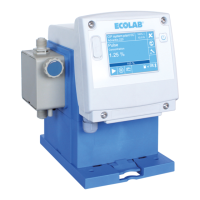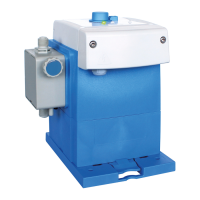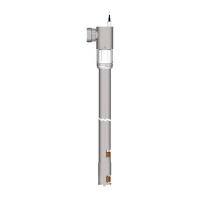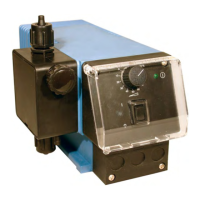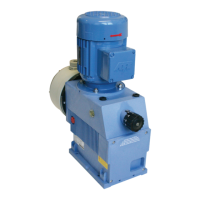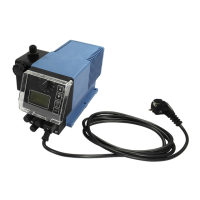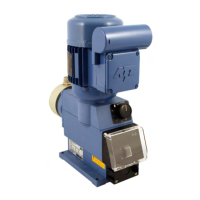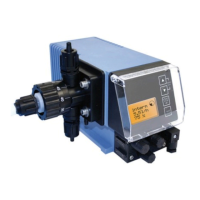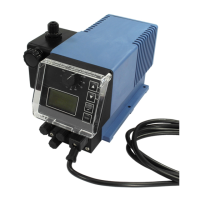7.10.8.1 Acknowledge automatically:
The pump switches to Pause on empty signal and the empty signal symbol is displayed in
red . The suction pipe issues a “Full” signal to the pump after a container change and
the container change is detected and accepted without further confirmation.
Fig. 56: Acknowledge automatically
[Acknowledge automatically] - setting:
1.
[Call up the Main menu] :
Ä
Chapter 7.7 ‘Main menu’ on page 73
2.
[Configuration] - setting:
Ä
Chapter 7.10 ‘Overview - Configuration’ on page 92
3. Use the scrollbar to scroll to the [Empty signal] .
4. [Select Empty signal]
.
5. If required, select ‘
Empty signal contact’: ‘Closed contact = Empty signal’ .
ð
After selecting this, a check mark
is set in the selection field.
6.
[ Click Next] to save the setting.
ð
Screen changes to the acknowledgement query of the ‘
empty signal’.
7. [Acknowledge automatically] .
8.
Pressing the button saves the setting.
ð
The screen switches to the overview: [Configuration].
9.
By pressing the button, you can return to the [main menu].
10.
By pressing the button, you can return to the [operating display].
Control / Software
104417102276 Rev. 5-02.2020
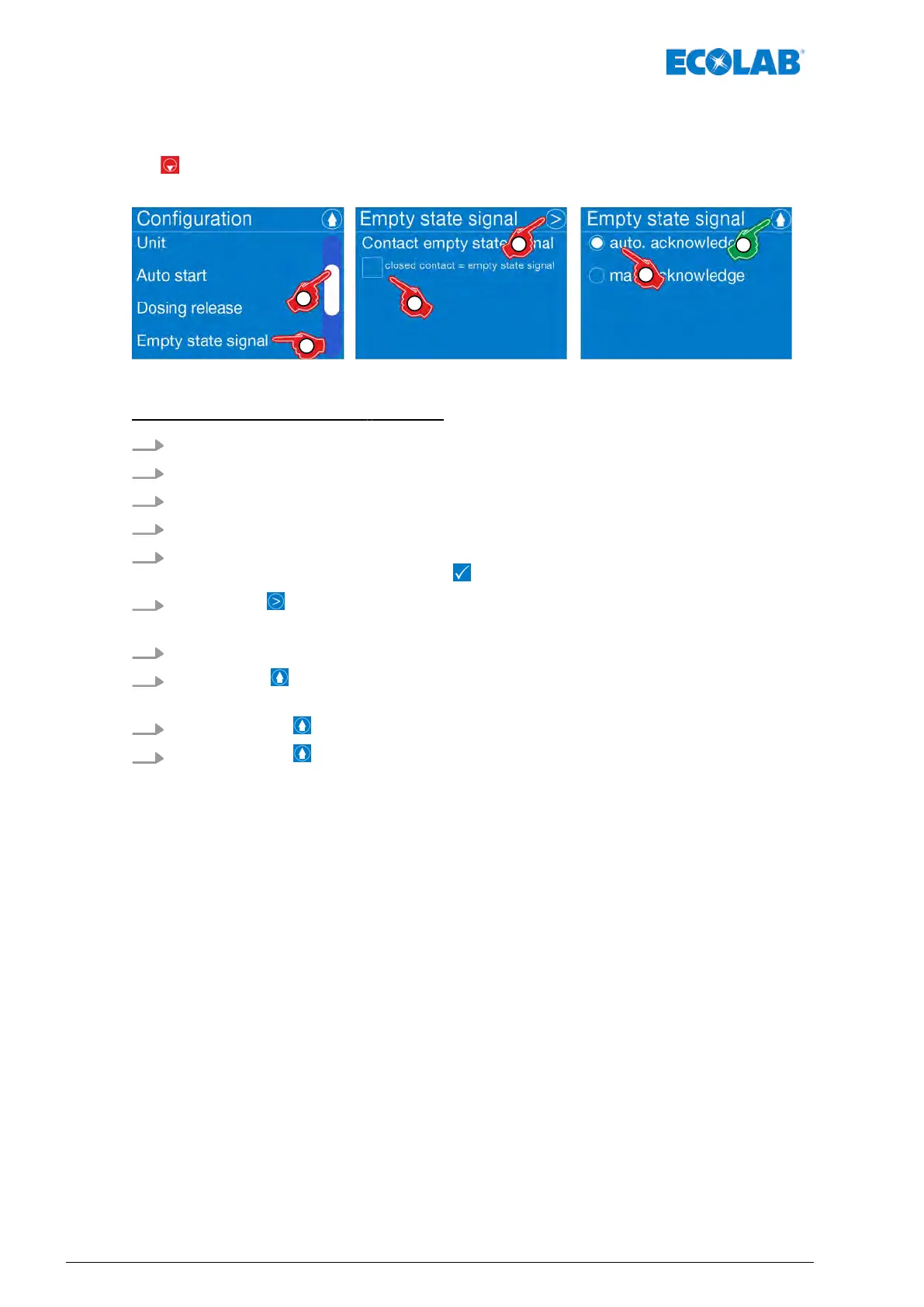